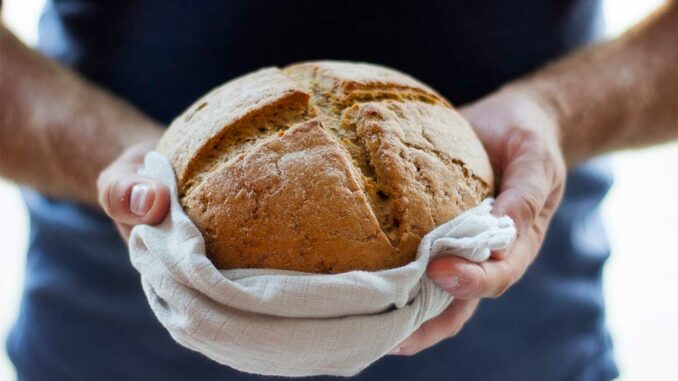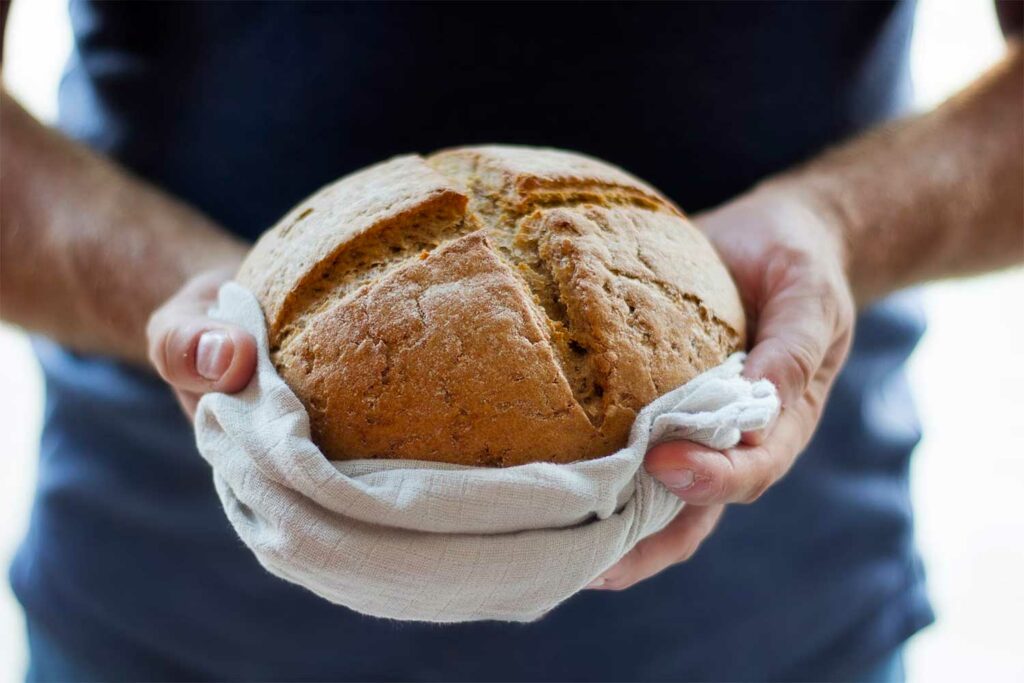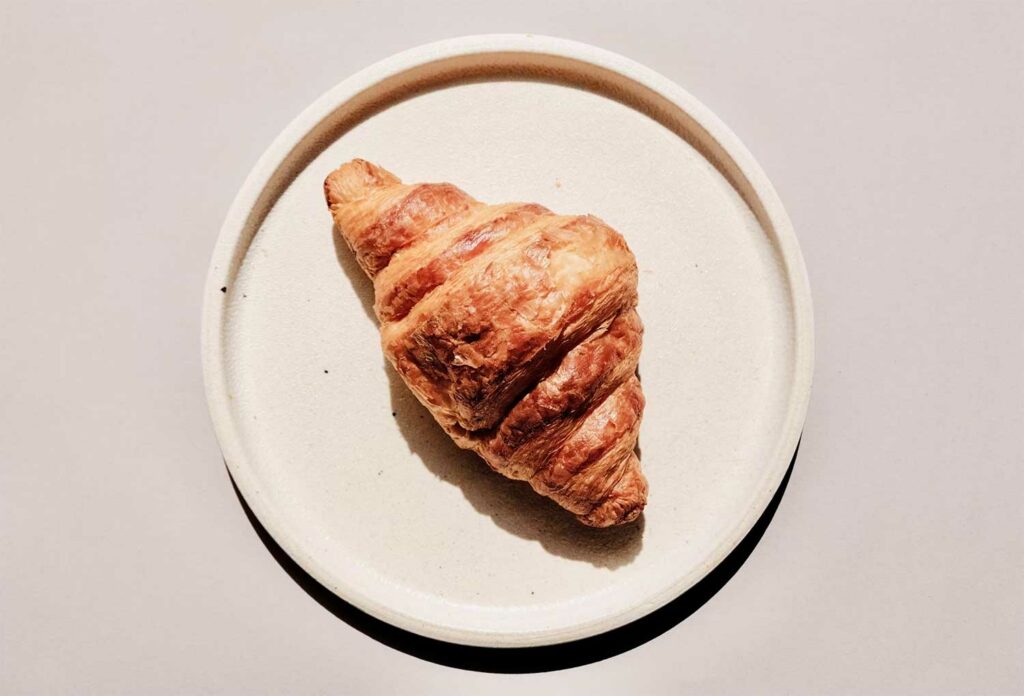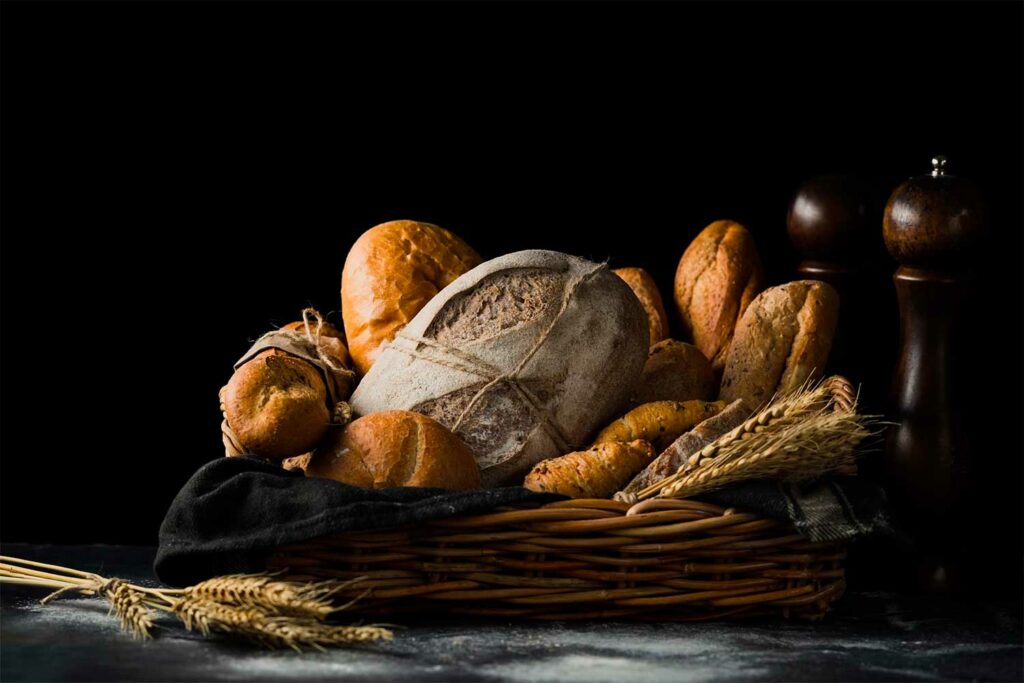
Discover Paris’s most celebrated bakeries and how they reflect French gastronomy, regional flavor, French cooking and food culture at its best.
In France, bread is more than an accompaniment—it is a cultural emblem, and nowhere is that truer than in Paris. This article explores the French cuisine tradition of boulangeries, highlighting the artisanal techniques, regional specialties, and celebrated French gastronomic institutions that elevate a simple loaf. We journey through iconic bakeries such as Poilâne, Du Pain et des Idées, Mamiche, and more—places that shape French food culture and attract both locals and visitors seeking an authentic taste. For aspiring chefs or gastronomes, we also map how cooking classes in France often draw inspiration from these artisanal breadmakers and their timeless savoir-faire.
The Cultural Weight of Bread in French Gastronomy
Bread is woven into the daily rhythm of French life, and nowhere is this more visible than in the sheer volume consumed. According to the Observatoire du Pain, French bakeries welcome some 12 million visits per day—roughly 18 percent of the population. Roughly 320 baguettes are eaten every second in France—about 10 billion annually.
But in the heart of Paris, that spectrum of bread becomes a statement. Over a thousand bakeries now compete to produce not just French cooking staples but objects of desire: regional specialties reinterpreted, sourdough loaves, nut-studded breads, or intricately layered viennoiseries. The connection to French gastronomy is direct—each baker is an artisan, and each loaf carries a sense of terroir and technique.
France’s official standard for “boulangerie” requires that bread be baked on site, a rule underscoring the importance of craftsmanship over mass production. Many of today’s top Parisian bakeries embrace sourdough, long fermentation, organic grains, or ancient varieties of wheat—all telling the story of French cuisine evolving through respect for raw materials.
When you enroll in cooking classes in France, you’ll often find bakers showing students these principles first: pre-ferments, hydration rates, autolyse, and slow fermentation. The best lessons, after all, come from the city’s historic boulangeries themselves.
Parisian Bakeries That Define Bread Excellence
Poilâne and the Art of the Rustic Sourdough
Founded in 1932, Poilâne stands as a redoubt of the French sourdough tradition. Its signature 2-kilogram miche, stamped with a plunging “P,” is made with stone-milled French grains and baked in wood-fired ovens. For decades, Poilâne has epitomized how French food culture merges tradition with precision.
(As a note from recent reporting: in mid-2025, the bakery’s production facilities faced a temporary health inspection shutdown—underscoring the ongoing scrutiny upon such icons. But its legacy in French gastronomy and influence in French cuisine remain influential.)
Poilâne’s branches, including its landmark on Rue du Cherche-Midi, continue to draw bread pilgrims. The layout is simple—loaves, crackers, apple tarts—but the flavor is profound. Through long fermentation and high hydration, Poilâne’s dough develops depth and complexity that few can match.
Du Pain et des Idées: Flourish and Escargots
In a quiet corner of the 10th arrondissement, Du Pain et des Idées is the embodiment of artisan ambition. Christophe Vasseur revived a nearly forgotten style of bread known as pain des amis—long-fermented, nutty, smoky in aroma. This loaf recalls communal French meals, where bread was shared at the table and conversation followed.
Yet bread is not all here: the bakery’s escargots (spiraled viennoiseries) filled with pistachio-chocolate, praline, or lemon distort the idea of what a bakery can sell. Their sweet-savory balance, remarkable texture, and visual appeal make them a staple on every “best of Paris bakery” list.
Le Grenier à Pain, Maison Landemaine, and the Baguette Champions
Le Grenier à Pain is the only bakery ever to win meilleure baguette de Paris twice. Their devotion to daily variety—fougasses, sourdough loaves, garnished breads—gives context to Paris’s obsession with texture and crust.
Maison Landemaine, with about 20 locations around Paris, marries scale and integrity. They use organic flour, oversee in-house fermentation, and deliver a baguette whose interior is airy but not hollow, its crust crisp but not brittle. Many food tours and cooking classes in France bring students here to dissect the structure of a baguette.
Meanwhile, the city’s annual Concours de la meilleure baguette de Paris, dating from 1994, remains a prestige challenge. Winners supply the Président de la République’s palace, and the selection is judged on taste, crumb, strength, and appearance.
Mamiche, Le Moulin de la Vierge, and Creative Boutique Craft
Mamiche is the poster child for a modern artisanal bakery: playful, human-scaled, experimental. Its founders emphasize that quantities are limited, and the unpredictability of their loaves (slightly more open crumb some days, more buttery pastries on others) is part of the charm. Their babkas, muffins, and cream puffs show how a boulangerie can extend into pastry and café culture while sustaining fidelity to French gastronomy values.
Le Moulin de la Vierge, with its wood-fired ovens and origin story as a rescued building, leans heavy into romanticism. Their country breads, sourdough baguettes, and prized mille-feuille draw acclaim from travelers seeking a tactile link to traditional French cooking methods.



Chambelland, Shinya Pain, and Gluten-Free & International Innovations
The French bread landscape is not monolithic. Boulangerie Chambelland specializes in bread that is naturally gluten-free, using rice and buckwheat flour. They also craft gluten-free choux and biscuits—though classical flaky pastries are outside their remit. Their model highlights how French cuisine can open itself to dietary variation without losing artisanal identity.
Shinya Inagaki (Shinya Pain), formerly apprenticed in Parisian powerhouses, now works in Montmartre. He experiments with levain, scones, and unexpected blends. On social media, his day’s offerings appear on butcher paper rather than in glossy posters—an austere style that underlines a devotion to process over presentation.
Gontran Cherrier’s brand has expanded globally, but the original boutique in the 17th remains experimental. In that shop you’ll find breads infused with miso, sardines and pine nuts, or colored buns tinted with paprika, squid ink, or nigella seeds. These audacities sit at the intersection of regional specialties and global curiosity.
Bread as a Gateway into French Food Culture
From Bakery Tour to Cooking Workshop
In many cooking classes in France, instructors bring participants to local boulangeries as part of the curriculum. Students learn how to score dough, judge proofing, and feel how a well-fermented dough springs back under a gentle press. The connection between everyday French cooking and the revered world of gastronomy becomes tangible: you knead, shape, score—and taste your mistakes or successes a few hours later.
Some workshops go further: they trace the lineage of flour and grain, show how regional wheat types influence flavor, or invite participants to bake side by side with professional bakers. The resulting mix of craft and immersion is, for many, the most vivid entry point into French gastronomy.
Regional Specialties: Far Beyond Paris
Although Parisian bakeries lead the narrative, French cuisine and French food culture encompass wide regional diversity. From the buckwheat galettes of Brittany to the hearty pain de campagne of Auvergne, from aromatic fougasses of Provence to rye-based breads in Alsace, regional breads tell local stories.
Visitors who stray beyond the capital will discover baking traditions tied to local grains, water, fermentation, climate—and often wrapped up in family recipes handed down for generations. Many culinary tours and cooking schools now include rural bakers or regional bread classes, forging connections between local terroir and the national palate.
The Art of Tasting: What to Look For in French Bread
When tasting a loaf, your senses guide the verdict. A true artisan bread should present a crisp, resonant crust; a blistered or crackled surface is often a sign of strong steam or high hydration. The crumb—or interior—should be moist but not gummy, with irregular holes that reflect gentle handling and slow fermentation. Flavor must show depth: hints of nut, sweetness, lactic or acetic tangs, and the scent of wheat or caramel.
In French gastronomic culture, bread is judged not just as a side dish but by its capacity to elevate cheese, charcuterie, pâté, even a simple sandwich. A classic Parisian baguette, when exemplary, can transform a sandwich into a memorable bite.
Moreover, true artisans avoid shortcuts: they rely on natural leaven, organic or local flour, little or no improvers, and slow fermentation. In a world of industrial shortcuts, these choices distinguish French cooking at its finest.
This is why many top restaurants in France—and around the world—commission their sourdough starters from Parisian artisans or reference these boulangeries for craft standards.
A Culinary Overture: Paris in Every Slice
Stepping into any of these iconic boulangeries is to step into a narrative of French gastronomy, where each loaf links to history, terroir, and creativity. From the ritual of the baguette to the audacity of miso-sardine breads, this is where French cuisine breathes outside restaurant walls.
By tasting, by baking alongside masters, or by exploring regional breads, you engage with French food culture on its own terms. Whether your path leads you to enroll in cooking classes in France or simply to wander Paris’s bakeries on foot, these loaves offer far more than flavor—they are edible stories.
Cook in France is your independant source for food in France.